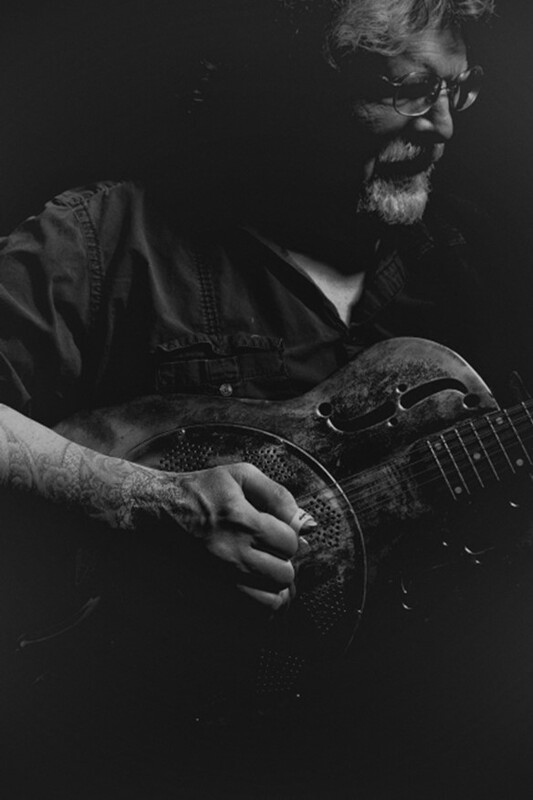Rey M. Longyear Lecture Series: Christopher J. Smith
Rey M. Longyear Lecture Series
Sponsored by the Division of Musicology & Ethnomusicology
Christopher J. Smith
Professor of Musicology, Texas Tech University
The Riverine In-Between: Landscape and Soundscapes in 19th-Century Waterfront North America
The recovery of vernacular sound and movement in the eras before acoustical recording or moving pictures is a tricky business: North American landscapes, especially on riverfronts and in harbors, were alive with music and dance, but their oral-/aural-/visually-transmitted musics were seldom considered to be of greater than picturesque or passing interest. The first serious collection of African American song in notation, Slave Songs of the United States, was published only in 1867; similarly, visual depictions of subaltern music were seldom rendered with anything approximating accurate observation or depiction of context and performance practice. There are exceptions—notably, the paintings and sketches of William Sidney Mount, George Caleb Bingham, and James Henry Beard—but most accounts and portrayals of riverine music and dance are notable primarily for their frustrating brevity or vagary.
Moreover, waterfronts were tricky liminal places: whether riverine or maritime, fresh water or salt, riverbank or harbor-front, the place where the water meets the land has been, for millennia, a place of exchange. In these locations, different classes, races, experiences, values, and music-and-movement priorities met, mingled, and cross-fertilized. Waterfront societies have been as slippery, multi-textured, smelly—and fertile—as the riverbanks themselves; yet, through consideration of anthropological, historical, colonial, spatial dimensions, and the performance practices of music and movement, we can begin to recover movement and sound experience, even in the era before acoustical or celluloid reproduction. Through a synthesis of analytical methods from iconography, ethnography, historical performance practice, and kinesics, drawing on prior work in the area of reconstructing 19th century vernacular music and dance, this paper argues that the particular fluid, liminal, physical locales of river- and harbor-fronts—New Orleans and Louisville, St Louis and Cincinnati, and their tributaries—were spaces whose physical and semiotic fluidity, and the sound and movement that ebbed, flowed, and mingled through, can be recovered.
Dr. Chris Smith is Professor, Chair of Musicology, and director of the Vernacular Music Center at Texas Tech University. His monographs are The Creolization of American Culture: William Sidney Mount and the Roots of Blackface Minstrelsy (2013) and Dancing Revolution: Bodies, Space, and Sound in American Cultural History (2019); his next book, with Thomas Irvine, is a global history of the soundscapes of imperial encounter. He is producer, co-host, and showrunner for the podcasts SOUNDING HISTORY and VOICES FROM THE VERNACULAR MUSIC CENTER. He is also a former nightclub bouncer, line cook, carpenter, lobster fisherman, and oil-rig roughneck, and a published poet.

